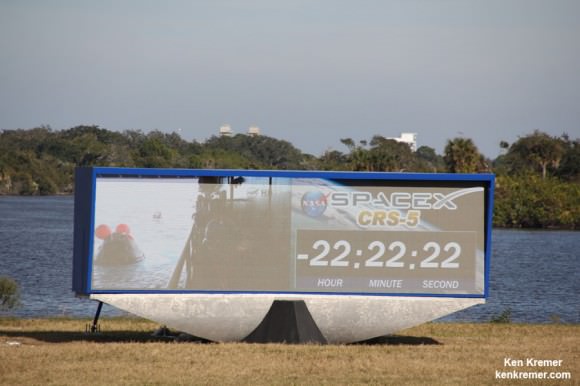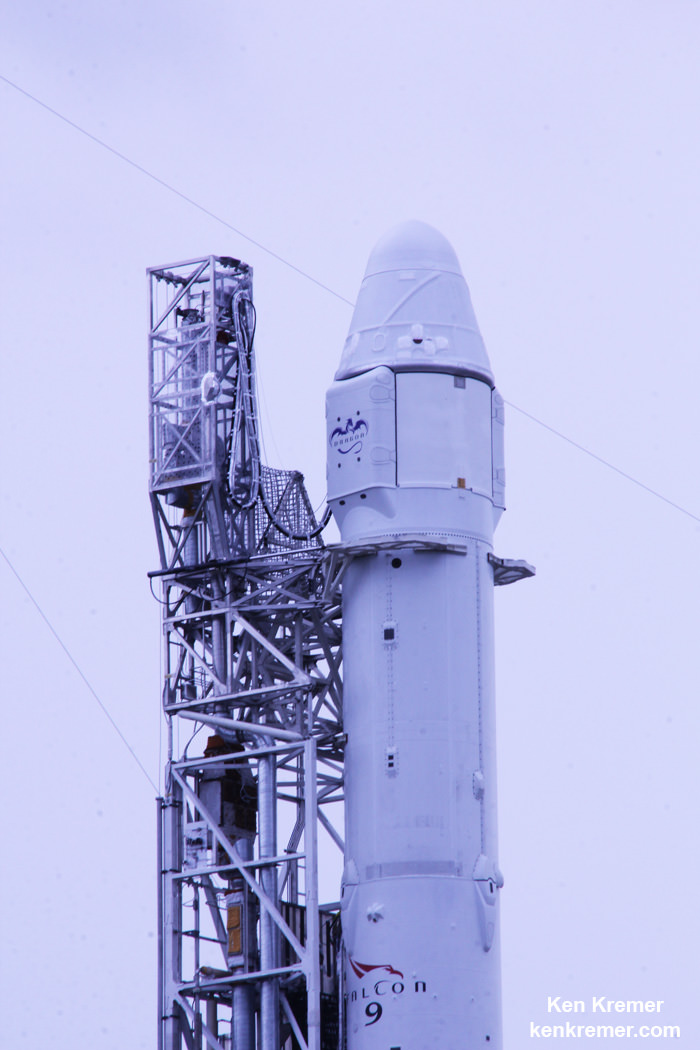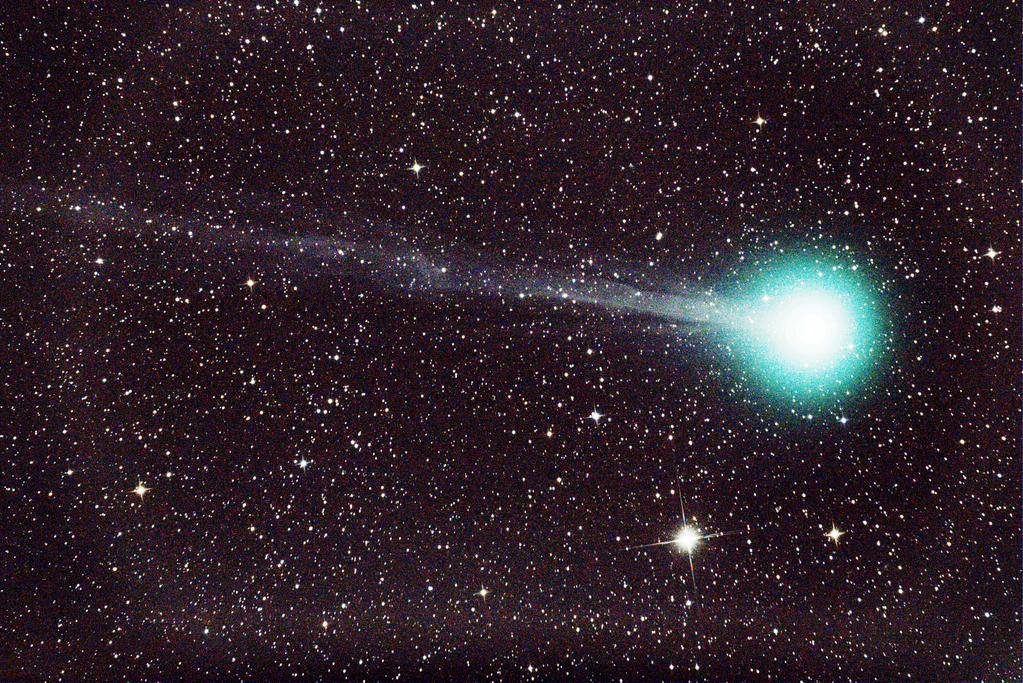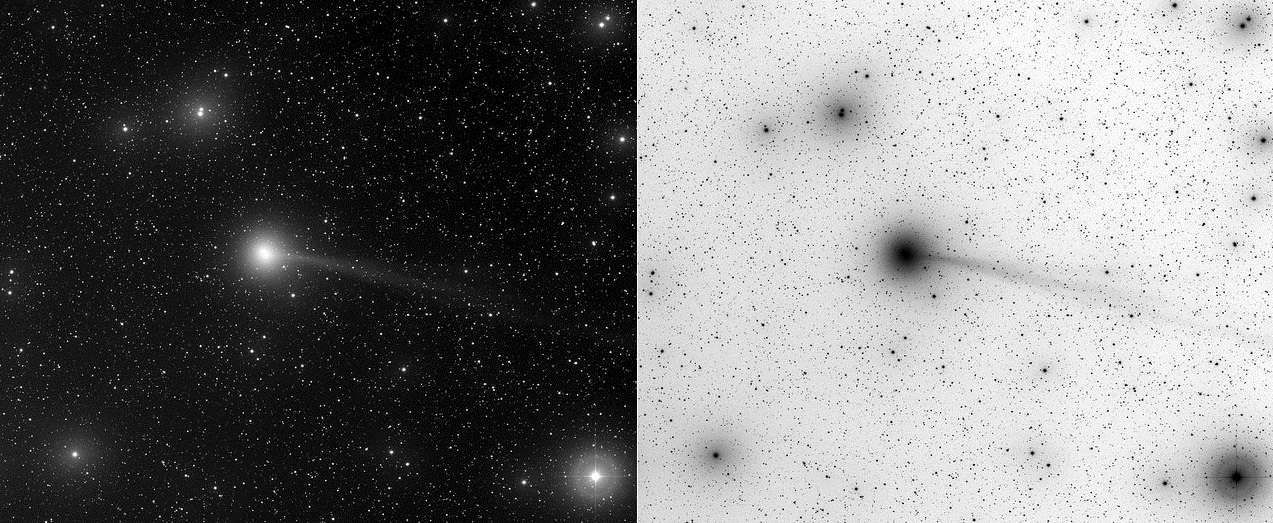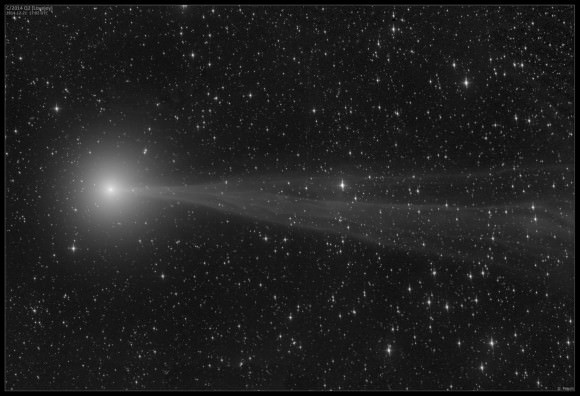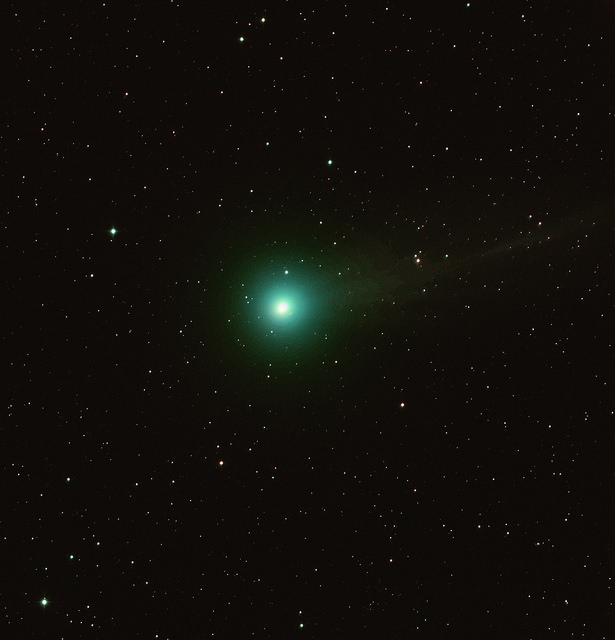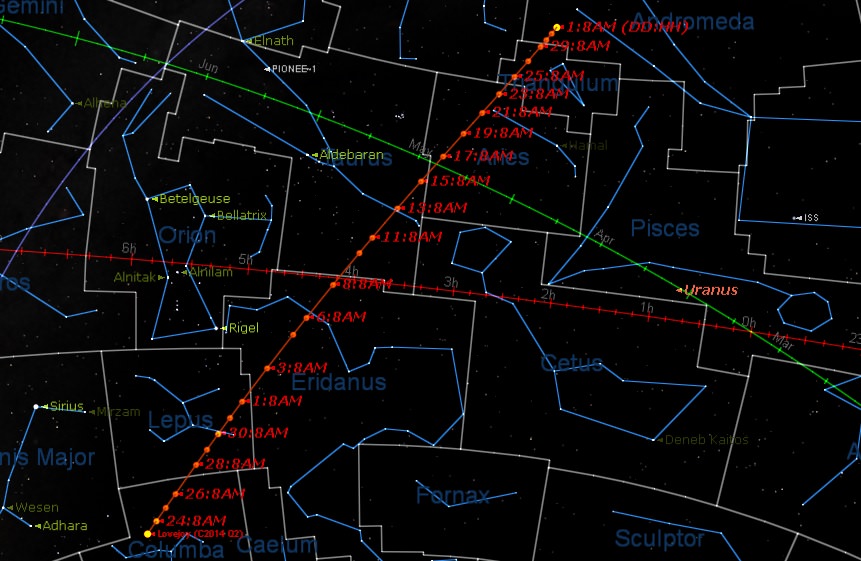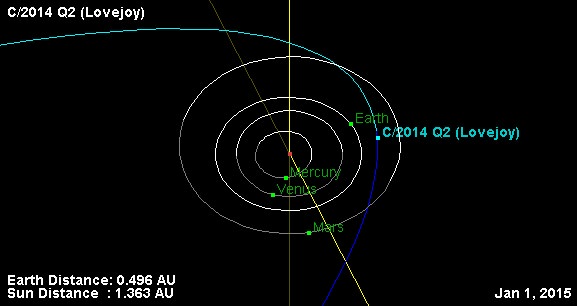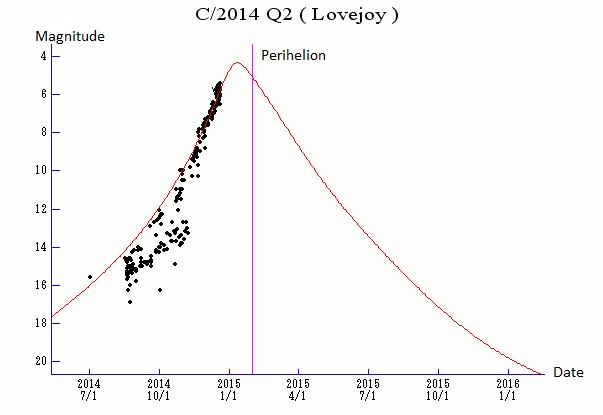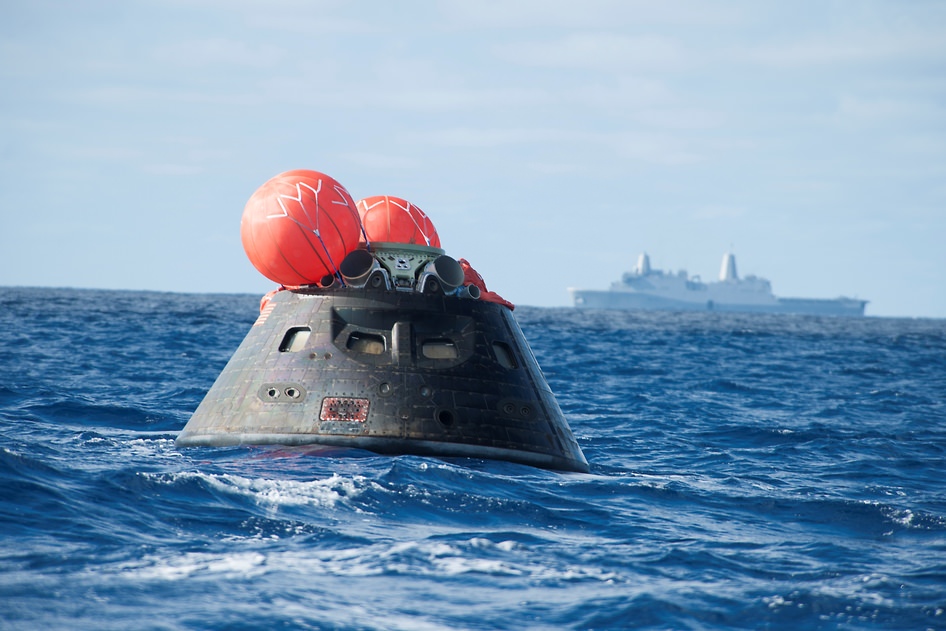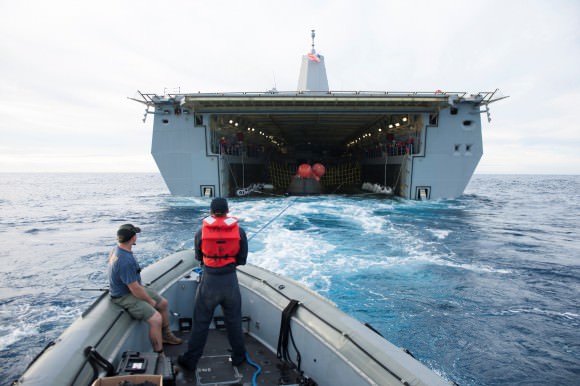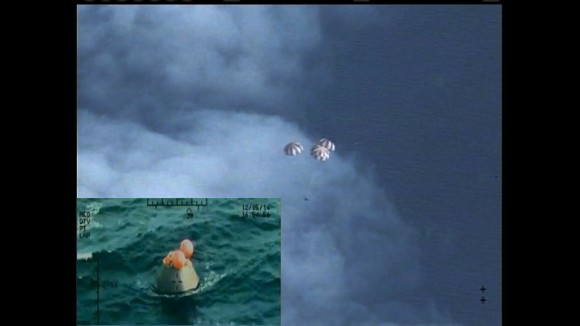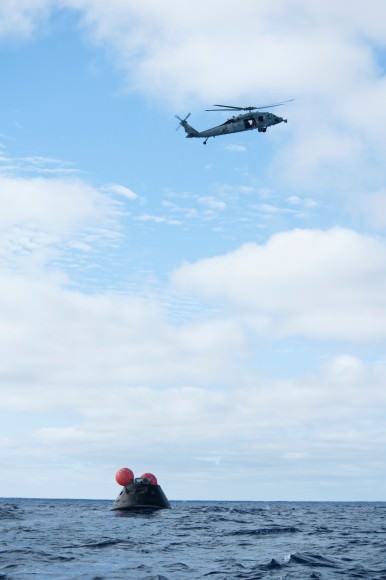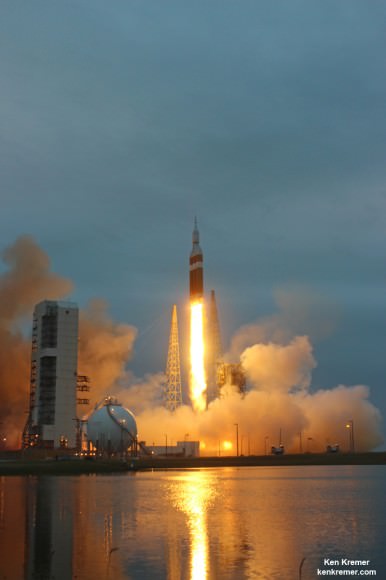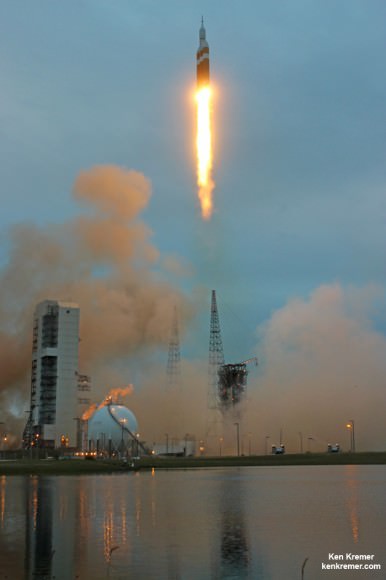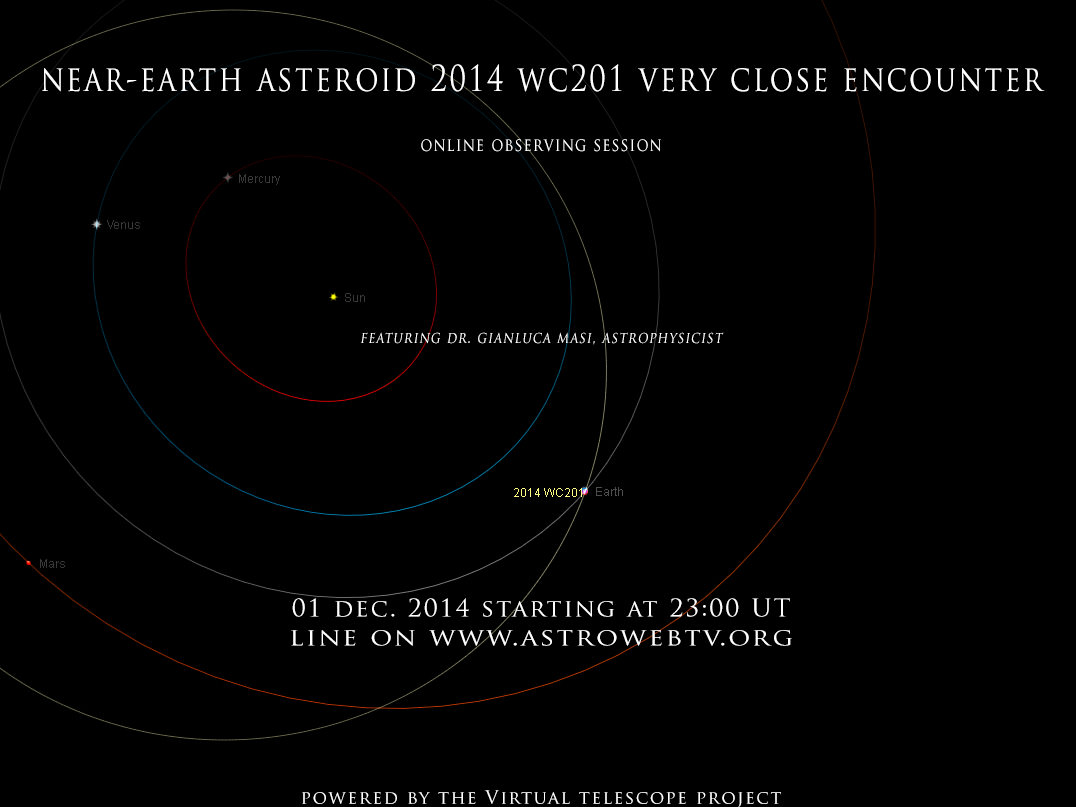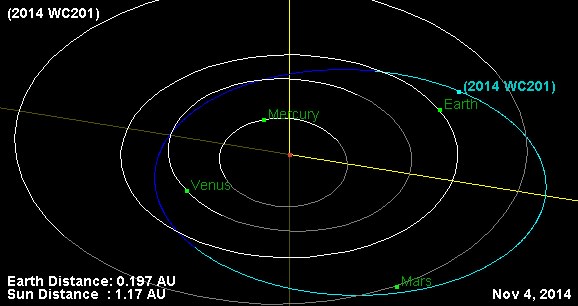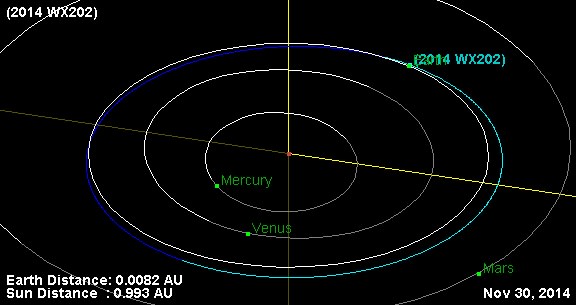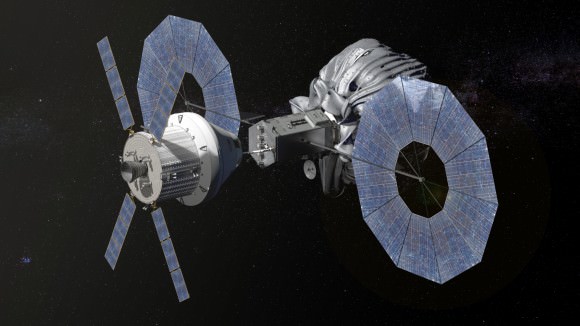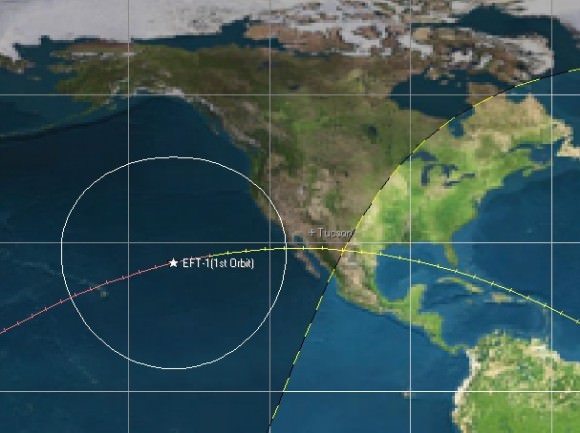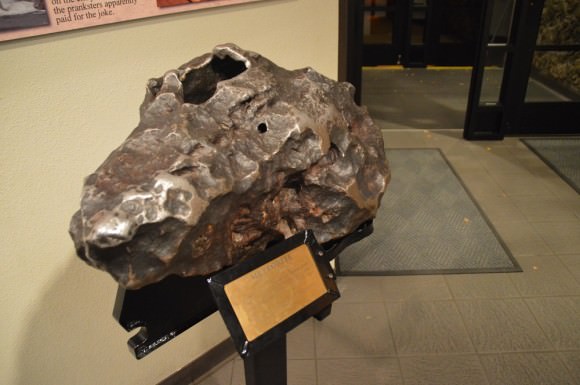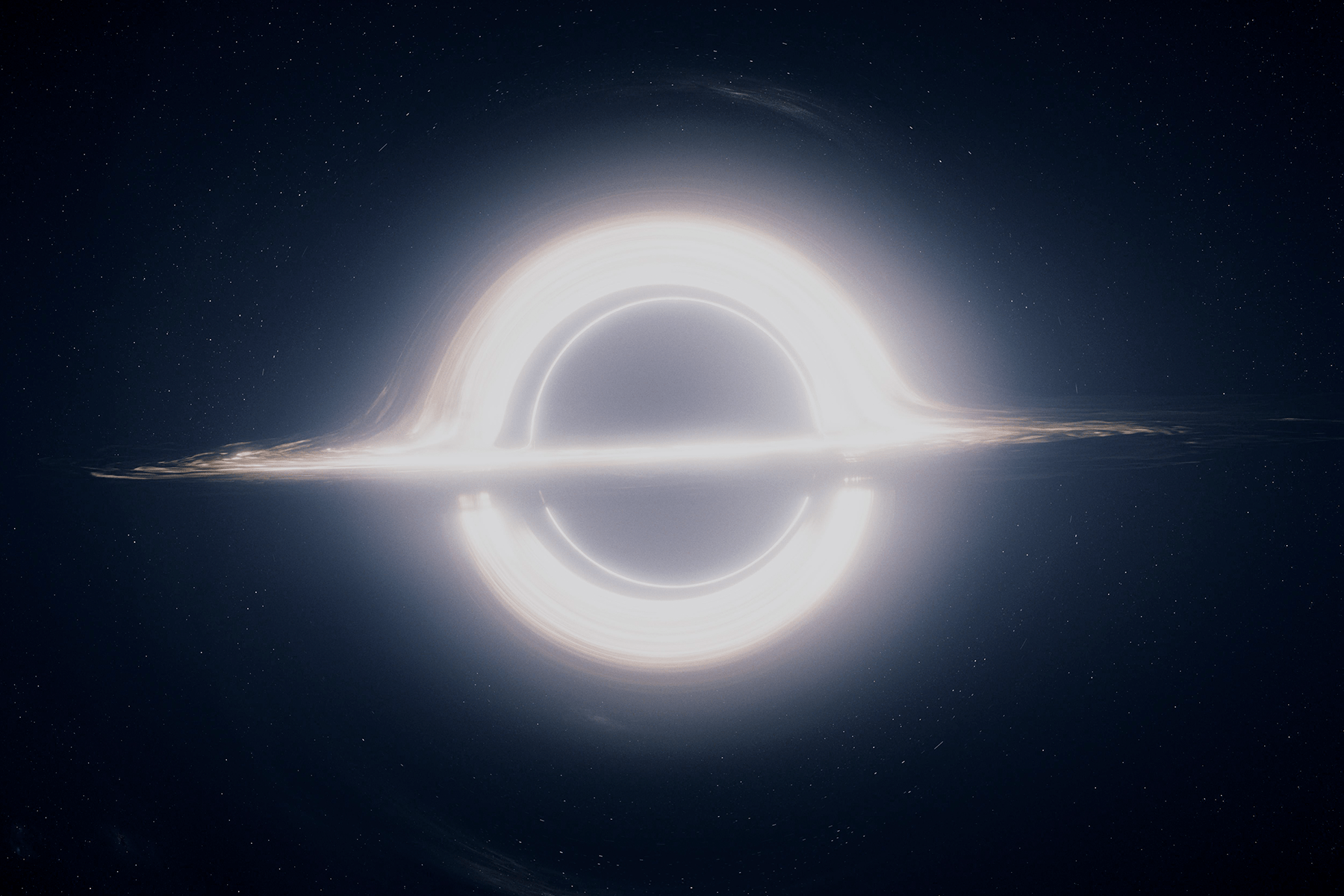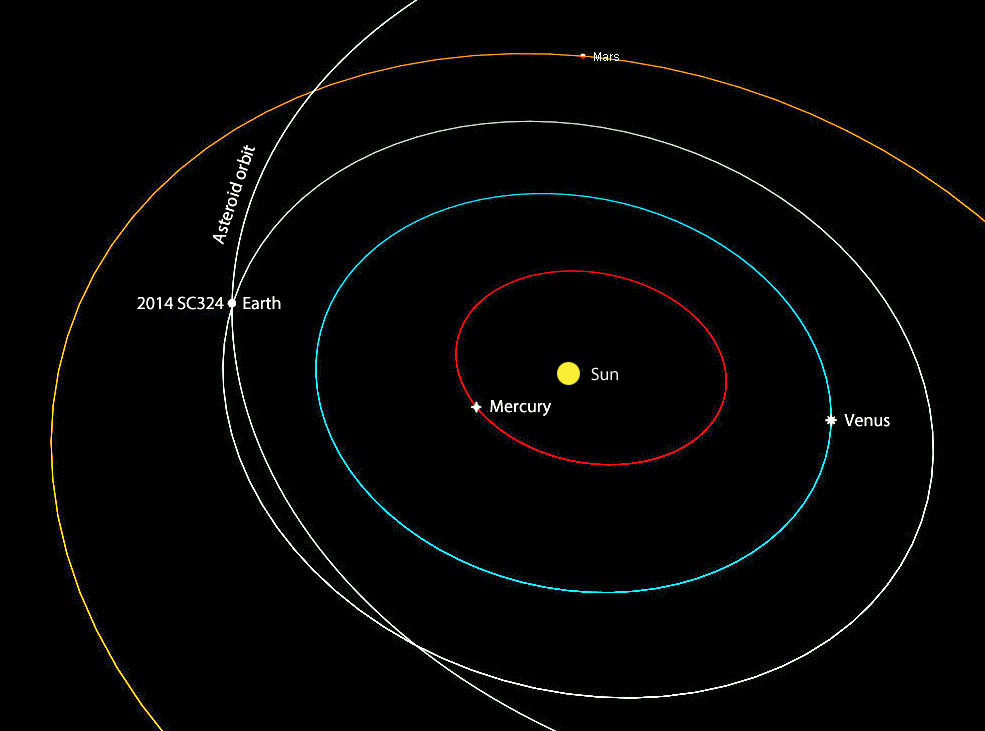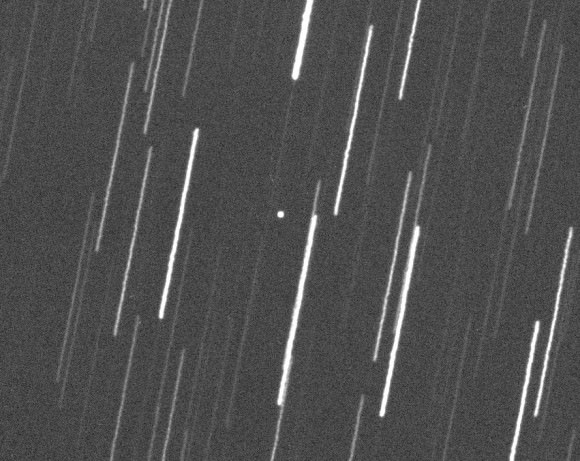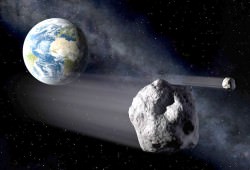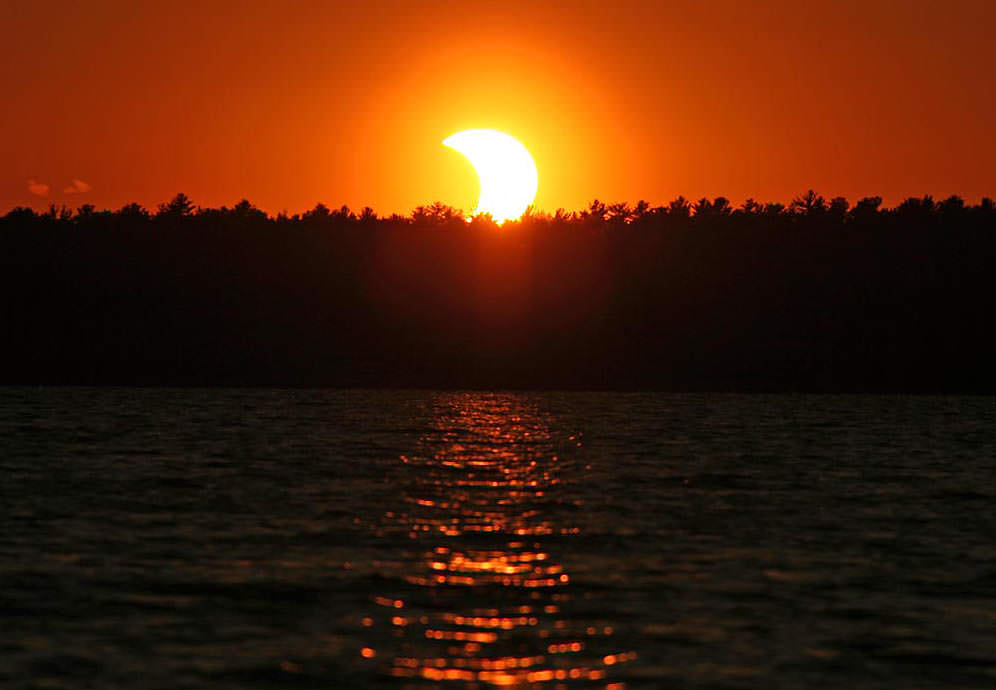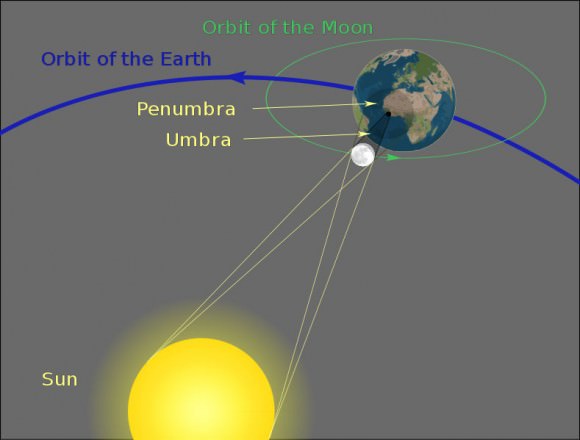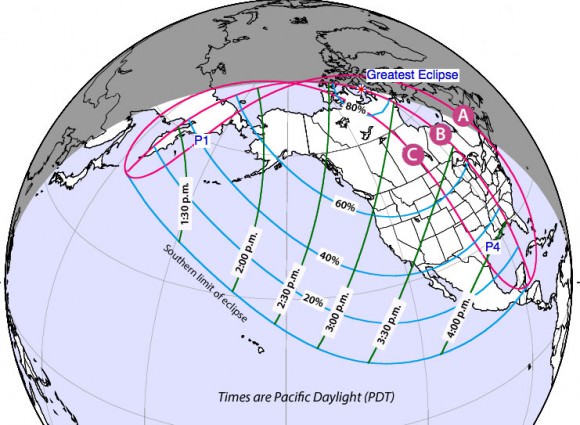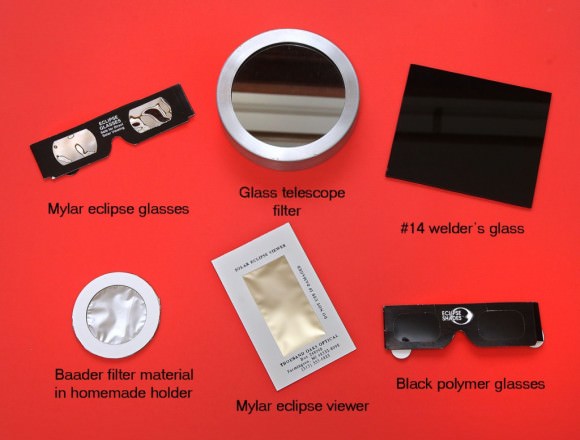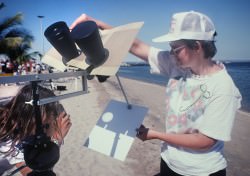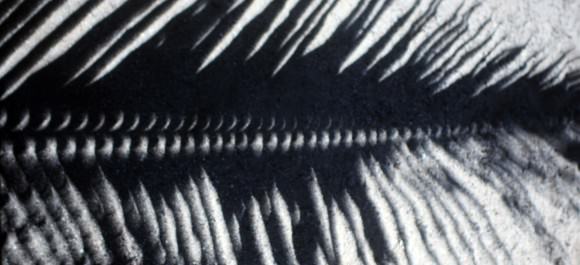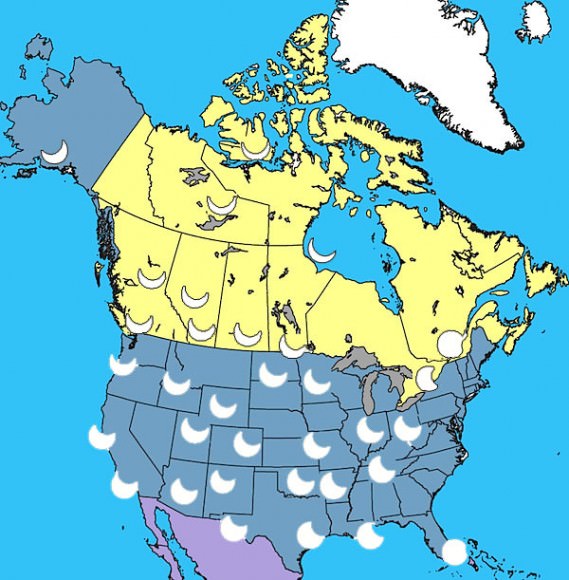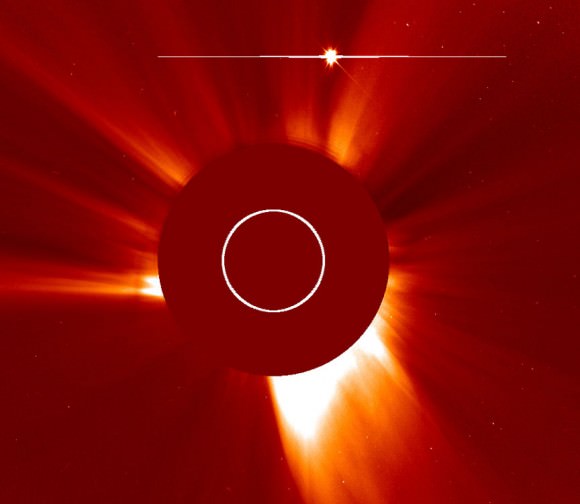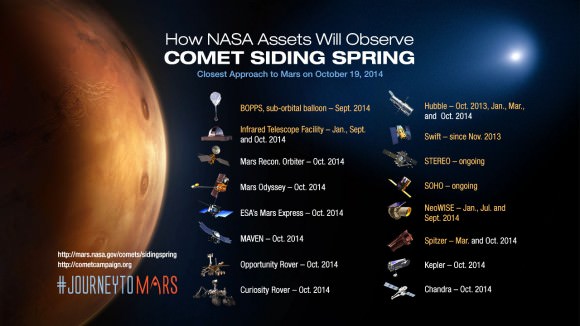SpaceX is on track to rollout their Falcon 9 rocket carrying the Dragon cargo freighter this evening, Monday, Jan, 5, 2015 to launch pad 40 on a mission bound for the International Space Station (ISS) to deliver critical supplies.
The Dragon CRS-5 mission is slated to blast off at 6:20 a.m. EST, Tuesday, Jan. 6, 2015, atop the SpaceX Falcon 9 rocket from Space Launch Complex 40 at Cape Canaveral Air Force Station in Florida.
The predawn launch should put on a spectacular sky show for spectators along the Florida space coast.
There is only an instantaneous launch window available, meaning that the blastoff must proceed at that exact instant. Any delays due to technical issues or weather would force a scrub until at least Friday, Jan. 9.
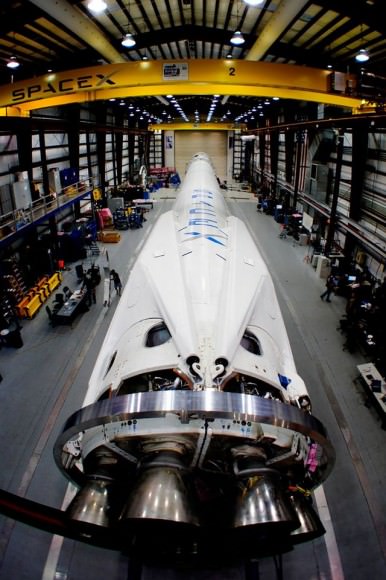
The launch has already been postponed several times, most recently from Dec. 19, 2014 when a static fire test of the first stage engines on Dec. 17 shut down prematurely.
A second static fire test of the SpaceX Falcon 9 successfully went the full duration of approximately 3 seconds and cleared the path for a liftoff attempt after the Christmas holidays.
The delay allowed the teams to recoup and recover and enjoy the festive holiday season.
“It was a good decision to postpone the launch until after the holidays,” said Hans Koenigsmann, VP of Mission Assurance, SpaceX, at a media briefing today at the Kennedy Space Center (KSC).
Following the catastrophic failure of the Orbital Sciences Antares rocket and Cygnus cargo freighter on Oct. 28 from NASA’s Wallops Flight Facility in Virginia, officials have been prudently cautious to ensure that all measures were carefully rechecked to maximize the possibilities of a launch success.
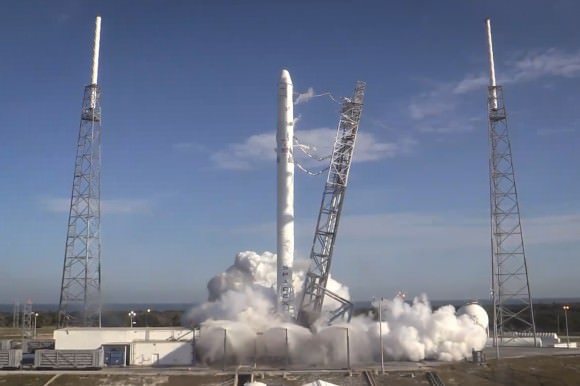
CRS-5 marks the company’s fifth resupply mission to the ISS under a $1.6 Billion contract with NASA to deliver 20,000 kg (44,000 pounds) of cargo to the station during a dozen Dragon cargo spacecraft flights through 2016 under NASA’s Commercial Resupply Services (CRS) contract
The weather odds have improved to 70% GO from 60% GO reported Major Perry Sweat, 45th Weather Squadron rep, USAF, at the briefing today at the Kennedy Space Center.
A frontal boundary has settled in over Central Florida. This front and its associated cloudiness will be very slow to move south of the Space Coast. With the clouds only slowly eroding overhead, the primary weather concern remains thick clouds, according to Sweat.
The unmanned cargo freighter is loaded with more than 5108 pounds (2317 kg) of scientific experiments, technology demonstrations, crew supplies, spare parts, food, water, clothing and assorted research gear for the space station.
The Dragon research experiments will support over 256 science and research investigations for the six person space station crews on Expeditions 42 and 43.
Among the payloads is the Cloud-Aerosol Transport System (CATS), a remote-sensing laser instrument to measure clouds and the location and distribution of pollution, dust, smoke, and other particulates and aerosols in the atmosphere.
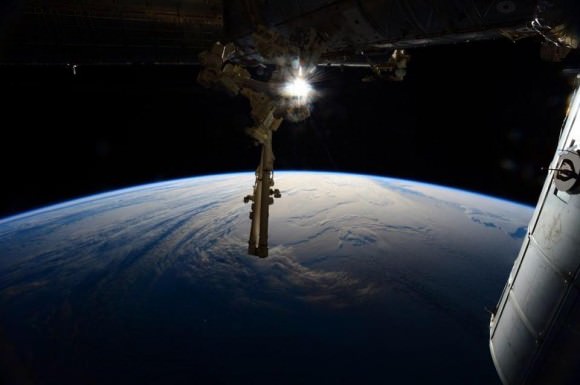
Assuming all goes well, Dragon will rendezvous at the ISS on Thursday, Jan. 8, for grappling and berthing by the ISS astronauts maneuvering the 57 foot-long (17 meter-long) Canadian built robotic arm.
The SpaceX CRS-5 launch is the first cargo launch to the ISS since the doomed Orbital Sciences Antares/Cygnus launch ended in catastrophe on Oct. 28.
With Antares launches on indefinite hold, the US supply train to the ISS is now wholly dependent on SpaceX.
Orbital Sciences has now contracted United Launch Alliance (ULA) to launch the firms Cygnus cargo freighter to the ISS by late 2015 on an Atlas V rocket.
A secondary objective of SpaceX is to attempt to recover the Falcon 9 first stage on an off shore barge.
NASA Television live launch coverage begins at 5 a.m. EST on Jan. 6.
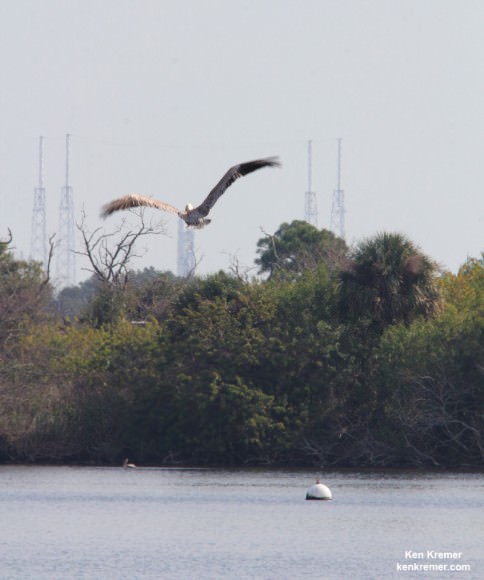
Stay tuned here for Ken’s continuing Earth and planetary science and human spaceflight news.
